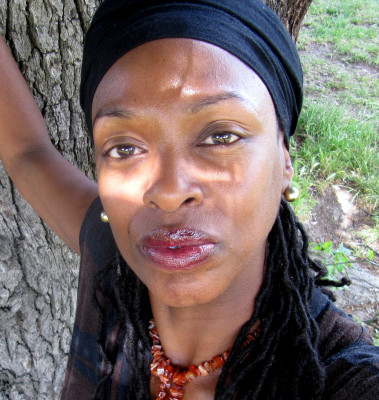Can you imagine what your neighbourhood or this country would look like if there were no trees covering the countryside or dotted around our cities, towns or villages?
In her novel The Twelve Tribes Of Hattie_,_ author Ayana Mathis describes this scene perfectly when she writes, " She smelled the absence of trees before she saw it..."
There was a time in the past when the UK was covered in wild forests, where trees would live for up to 2000 years. Surely the ancient trees that have survived, who have worked so hard on our behalf, providing wood, habitat for animals and shelter should be afforded the same status as listed buildings? Should they not be preserved in the very same way and awarded protection orders so that we protect these national treasures and keep them alive as long as we can for the future generations?
The human race owes its own very existence and survival to trees around the world.
The roots of my love of trees stemmed from childhood. I grew up in an area in South London called Norwood, which was once a huge ancient forest called the Northwood. But what is it about trees that make them a requirement of our landscapes? What are their botanical benefits and what is to be made of the sacred and mystical energies of the native and inherited trees that adorn the treescape in the UK today? The human race owes its own very existence and survival to trees around the world. Trees stabilize the soil, store carbon and generate oxygen into the air. The bottom line is the human race would barely survive if trees disappeared.
Many ancient trees situated in communities and forests were deemed natural temples, meeting places, places where courts and trials would be held and important ceremonies and events within communities would take place under the glorious crowns of some of the great many trees that have existed throughout the years. Trees were an important source of survival, providing wood for homes, food and medicine and blessed because of their significance and importance in community life.
Trees were an important source of survival, providing wood for homes, food and medicine and blessed because of their significance and importance in community life.
Traditionally the Oak tree is associated with the quality of 'strength', the Weepy Willow tree with 'emotions' and Apple trees with 'love, harmony and trust'. What's more, the Yew trees growing in churchyards were thought to protect the dead Yews have an uncanny ability to renew themselves from decay and the Pine is one the oldest trees native to Britain, having flourished here well before the great Ice Age, it is associated with birth.
One of the practical ways I connect with the energies of different trees is to spend time with that particular tree, with the intention of tapping into the specific energy it is aligned with. So there have been times when my energy was low or I was going through a difficult period when I have intentionally gone and sat with my back against the bark of a notable a tree that has personal or local significance oak tree, or I have hugged the tree yes! I'm a tree hugger or I've chosen to sit quietly in the tree's presence soaking up the energy of 'strength' that the oak tree is associated with. Doing this really works for me.
Years ago a spiritual teacher taught me to always ask permission to be with the tree which originates from the Celtic custom of knocking on wood for good luck and as often as is possible to leave a small gift with the tree as a sign of appreciation. Many of the trees alive in our neighbourhoods, parks and common lands are fighting for survival in the wild. We owe it to our trees to protect them as they have protected us over thousands of years.

